HEALTH
Tiny Marine Worm Has Enormous Eyes That See As Well As Mammals
Published
3 months agoon
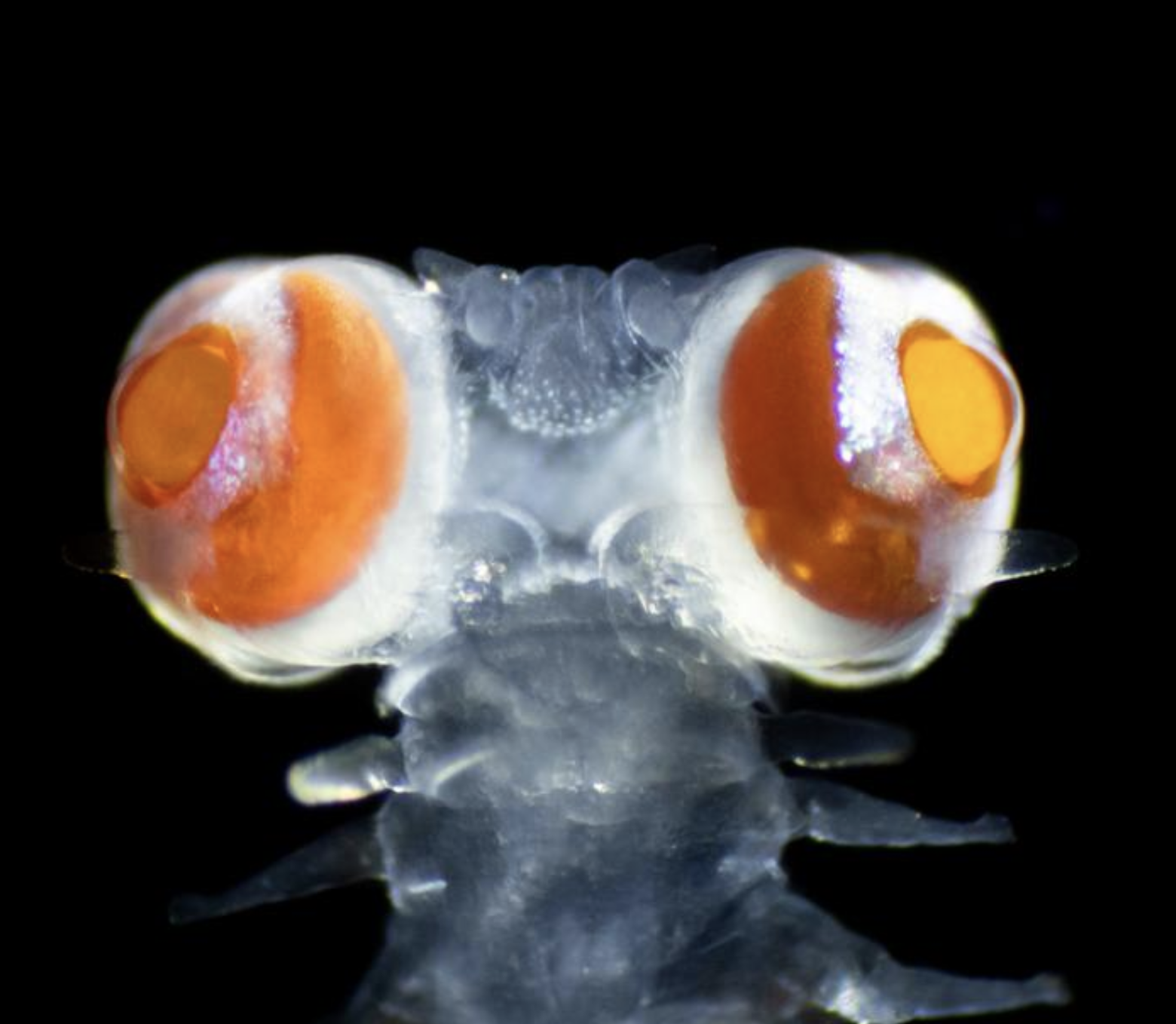
More From Sci + Tech
-


Kīlauea Volcano – Sizable bright orange lava fountain and fast…
-


NOAA Satellites Show Hurricane Norma Turning in the Pacific Ocean…
-


The spectacular evolution of the powerful bomb cyclone.
-
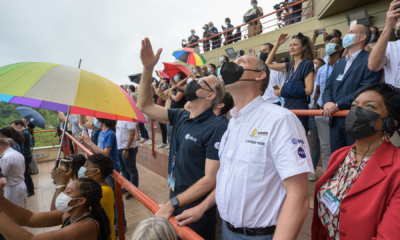

Europes Vega-C Rocket Forced To Self-Destruct After Liftoff
-


Mexico – Popocatépetl launches plumes of ash into the air…
-
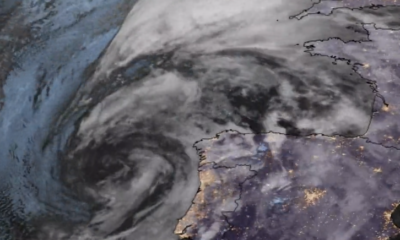

Storm Babet lashes across western Europe as it brings heavy…
-
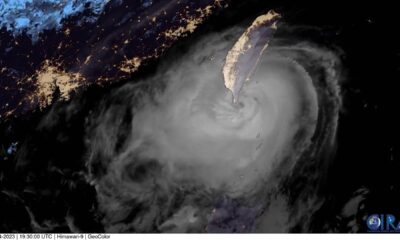

CIRA Satellites: Typhoon Koinu made landfall in southern Taiwan today.…
-


Purdue University PhD fighter pilot alum discusses starting company developing…
-


Satellites Show Tropical Storm Franklin Making Landfall in Barahona, Dominican…
-


CIRA Imagery, Lightning strikes fill the skies above several Midwest…
-
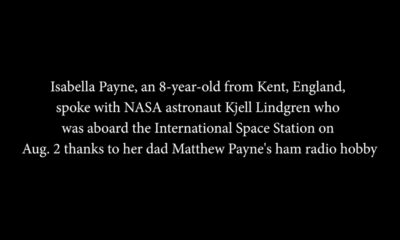

Little girl gets incredible chance to chat with an astronaut…
-
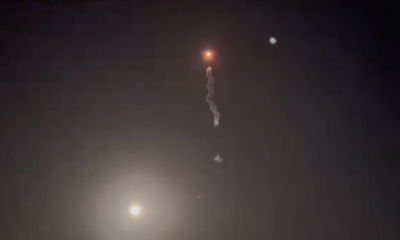

More: SpaceX Falcon 9 Launches Amazonas Nexus Satellite For Hispasat
